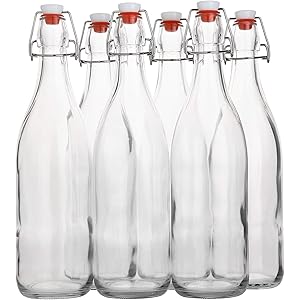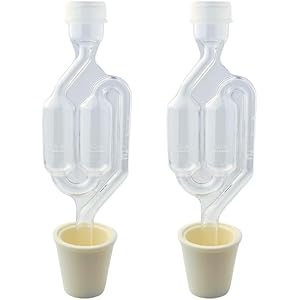What is a Tiny Farmhouse?
A tiny farmhouse is a compact, often rustic-style home that embodies the charm and simplicity of traditional farmhouses while maximizing space efficiency. These homes typically range from 100 to 400 square feet and are designed to provide all the essential amenities in a smaller footprint. The concept of a tiny farmhouse appeals to those seeking a minimalist lifestyle, allowing homeowners to downsize their living space without sacrificing comfort or style.
Design Features of Tiny Farmhouses
Tiny farmhouses often incorporate unique design elements that enhance their aesthetic appeal and functionality. Common features include open floor plans, large windows for natural light, and multi-functional furniture. Many tiny farmhouses also utilize vertical space with lofted sleeping areas or built-in storage solutions, making the most of every square inch. The use of sustainable materials and energy-efficient appliances is also prevalent, aligning with the eco-friendly values of many tiny farmhouse enthusiasts.
Benefits of Living in a Tiny Farmhouse
Living in a tiny farmhouse offers numerous benefits, including reduced living costs, lower maintenance requirements, and a smaller environmental footprint. Homeowners can save on utilities and property taxes, allowing for greater financial freedom. Additionally, the simplicity of a tiny farmhouse encourages a decluttered lifestyle, promoting mindfulness and intentional living. This lifestyle shift can lead to improved mental well-being and a stronger connection to nature.
Choosing the Right Location for Your Tiny Farmhouse
The location of a tiny farmhouse is crucial to its overall appeal and functionality. Many homeowners opt for rural or semi-rural settings to fully embrace the farmhouse aesthetic and enjoy the tranquility of nature. Proximity to essential amenities, such as grocery stores and healthcare facilities, should also be considered. Additionally, zoning regulations and land use policies must be researched to ensure that building a tiny farmhouse is permissible in the desired area.
Building vs. Buying a Tiny Farmhouse
When it comes to acquiring a tiny farmhouse, prospective homeowners face the choice between building a custom home or purchasing a pre-built model. Building allows for complete customization, enabling homeowners to tailor the design to their specific needs and preferences. On the other hand, buying a pre-built tiny farmhouse can save time and often comes with a warranty. Each option has its pros and cons, and the decision ultimately depends on individual circumstances and priorities.
Get more content like this!
Sign up to receive updates and new terms first hand.
Interior Design Ideas for Tiny Farmhouses
Interior design in a tiny farmhouse should focus on maximizing space while maintaining a cozy and inviting atmosphere. Utilizing light colors and reflective surfaces can create an illusion of more space. Incorporating built-in furniture, such as benches with storage or foldable tables, can enhance functionality without overwhelming the area. Additionally, personal touches like artwork, plants, and textiles can add warmth and character to the home.
Outdoor Spaces in Tiny Farmhouses
Outdoor spaces play a vital role in the overall experience of living in a tiny farmhouse. Many homeowners create functional outdoor areas, such as patios, gardens, or decks, to extend their living space. These areas can serve as relaxation spots, entertaining spaces, or even productive gardens for growing food. Landscaping can enhance the farmhouse’s charm, with native plants and sustainable gardening practices being popular choices among tiny farmhouse owners.
Community and Lifestyle in Tiny Farmhouse Living
Living in a tiny farmhouse often fosters a sense of community and connection among like-minded individuals. Many tiny farmhouse owners participate in local events, workshops, and online forums to share experiences and tips. This sense of community can provide support and encouragement for those embracing a minimalist lifestyle. Additionally, tiny farmhouse living often encourages outdoor activities, such as hiking, gardening, and exploring nature, contributing to a healthier lifestyle.
Challenges of Tiny Farmhouse Living
While there are many advantages to tiny farmhouse living, there are also challenges that homeowners may face. Limited space can lead to difficulties in storage and organization, requiring creative solutions to keep belongings in check. Additionally, the transition to a smaller living space may require significant lifestyle adjustments, particularly for those accustomed to larger homes. Understanding these challenges and preparing for them can help ensure a successful tiny farmhouse experience.




